Using Cyberinfrastructure for Clean Energy
UMass Lowell and Virginia Tech team uses Expanse for clean energy project.

UMass Lowell and Virginia Tech team uses Expanse for clean energy project.

Loyola study uses SDSC’s ACCESS resource Expanse to illustrate peptide variations
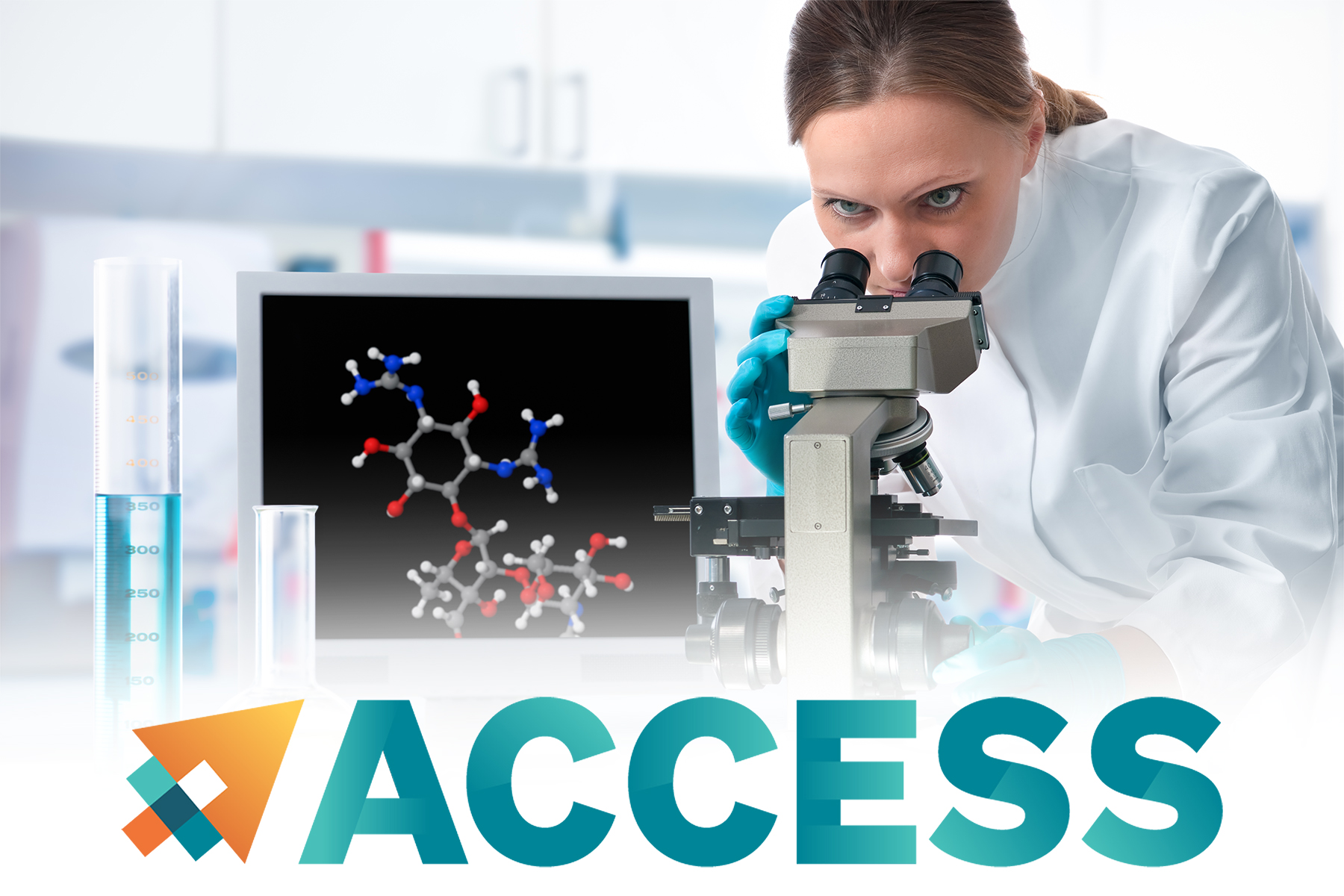
Murray State University is using its allocation to help train students to integrate HPC resources into their research in the classroom and lab.
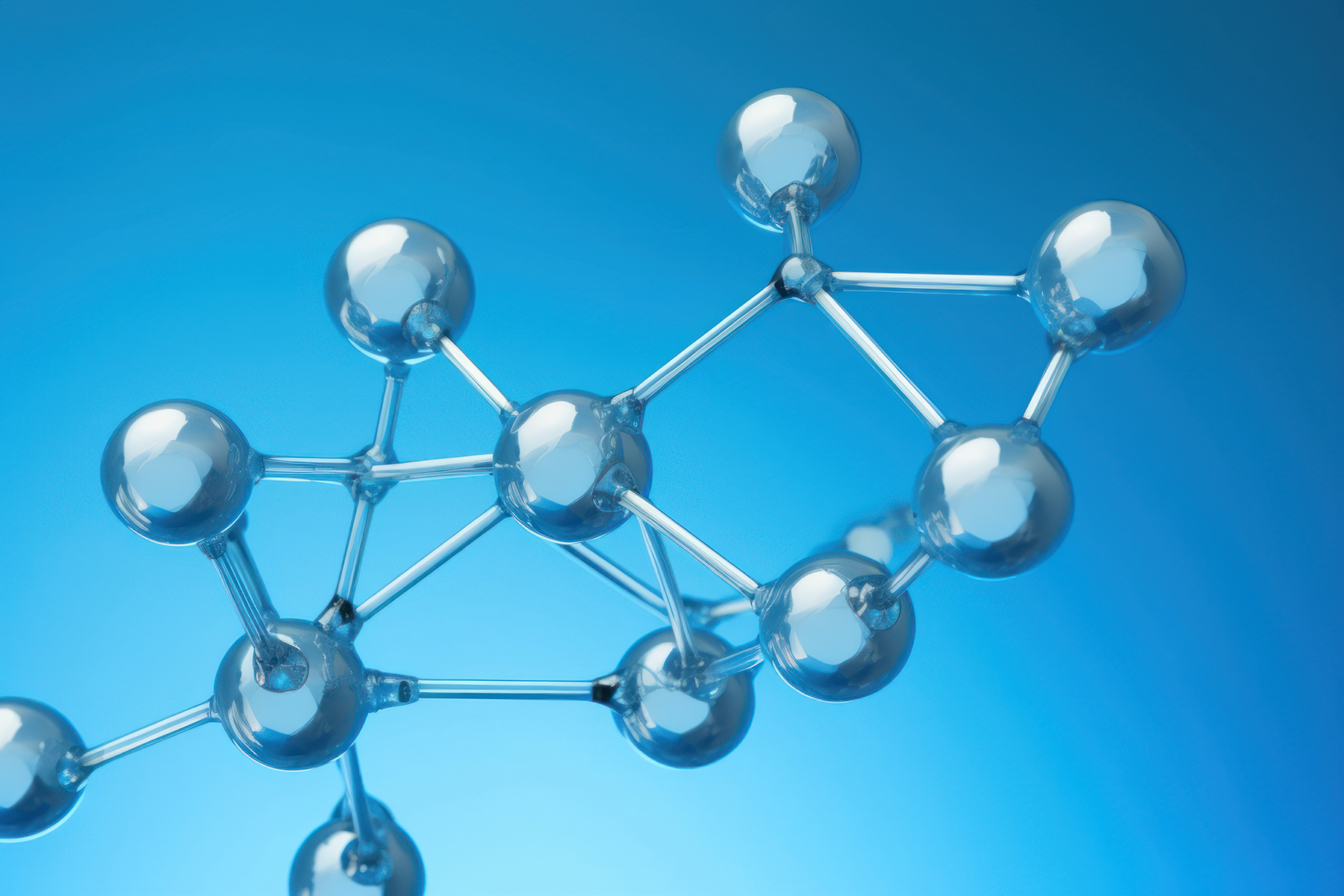
FAMU team uses ACCESS resources for clean energy and fuel generation studies
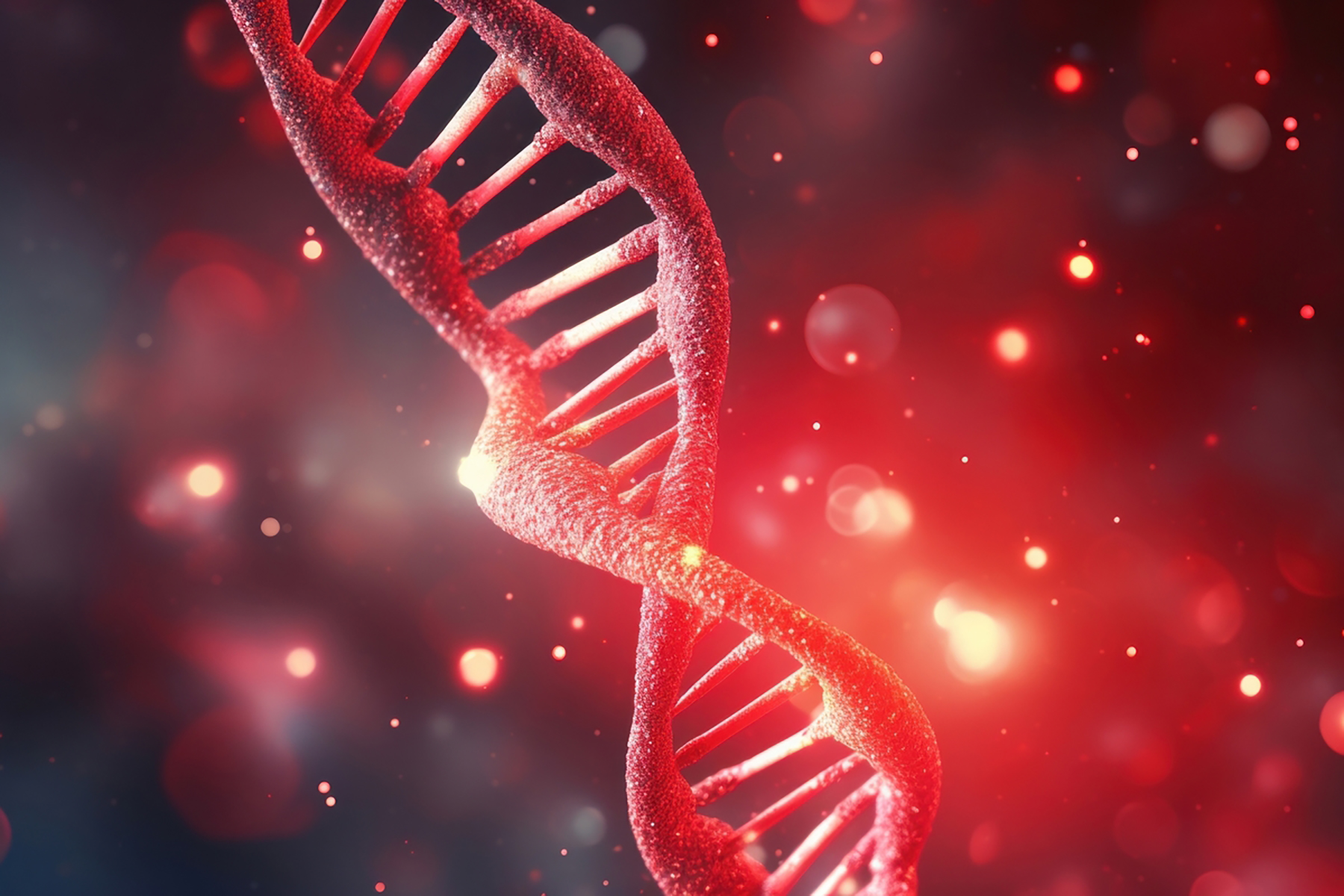
Department of Energy Project at UC Riverside Uses ACCESS Resources for DNA Findings

Researchers from UC San Diego study water phases with the help of ACCESS resources at NCSA and SDSC
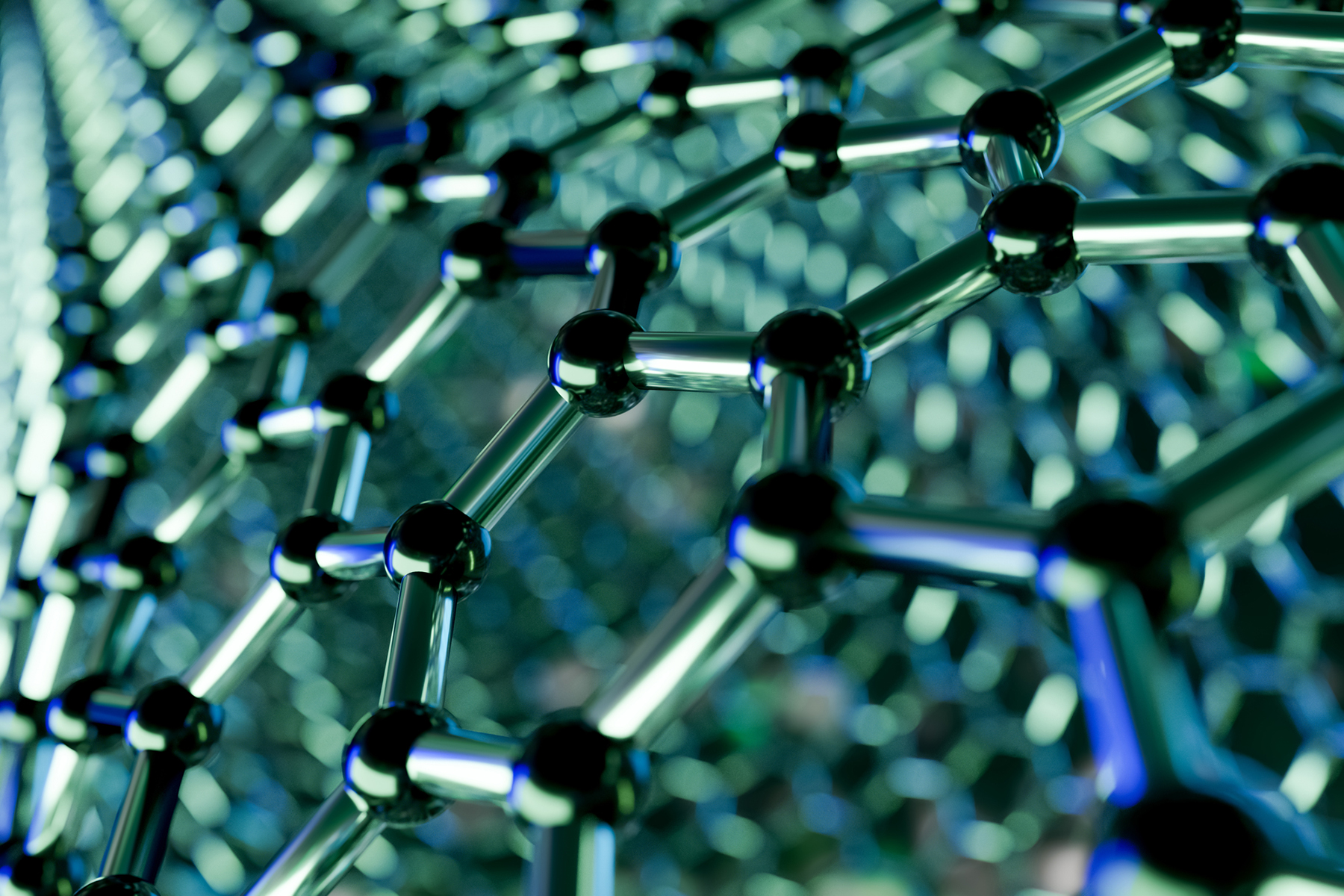
Some scientists have recently studied perovskites because of their material properties that can be used in things such as solar cells. A team of researchers from Ames National Laboratory and the Swiss Federal Institute of Technology in Zürich – along with a talented undergraduate – used the powerful HPC resource at the San Diego Supercomputer Center for their study.

Engineering scholars from Johns Hopkins University used Expanse at the San Diego Supercomputer Center at UC San Diego to create simulations to model the friction between two rough surfaces coated with fatty acids.
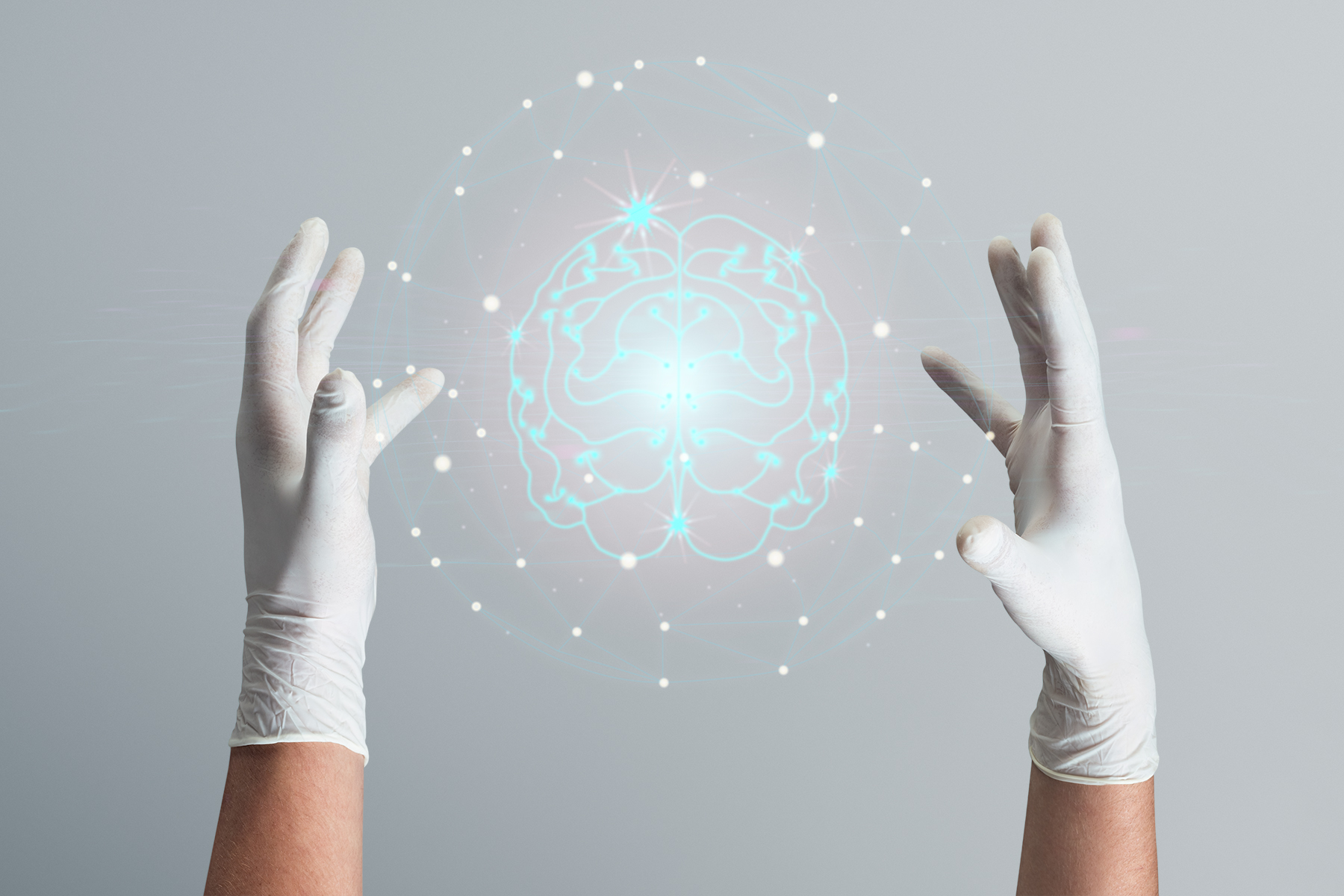
A team of computational chemists from Carnegie Mellon University ran simulations on an Anton 2 supercomputer and the Bridges-2 system at PSC to reveal insights about a protein that plays a role in epileptic seizures.
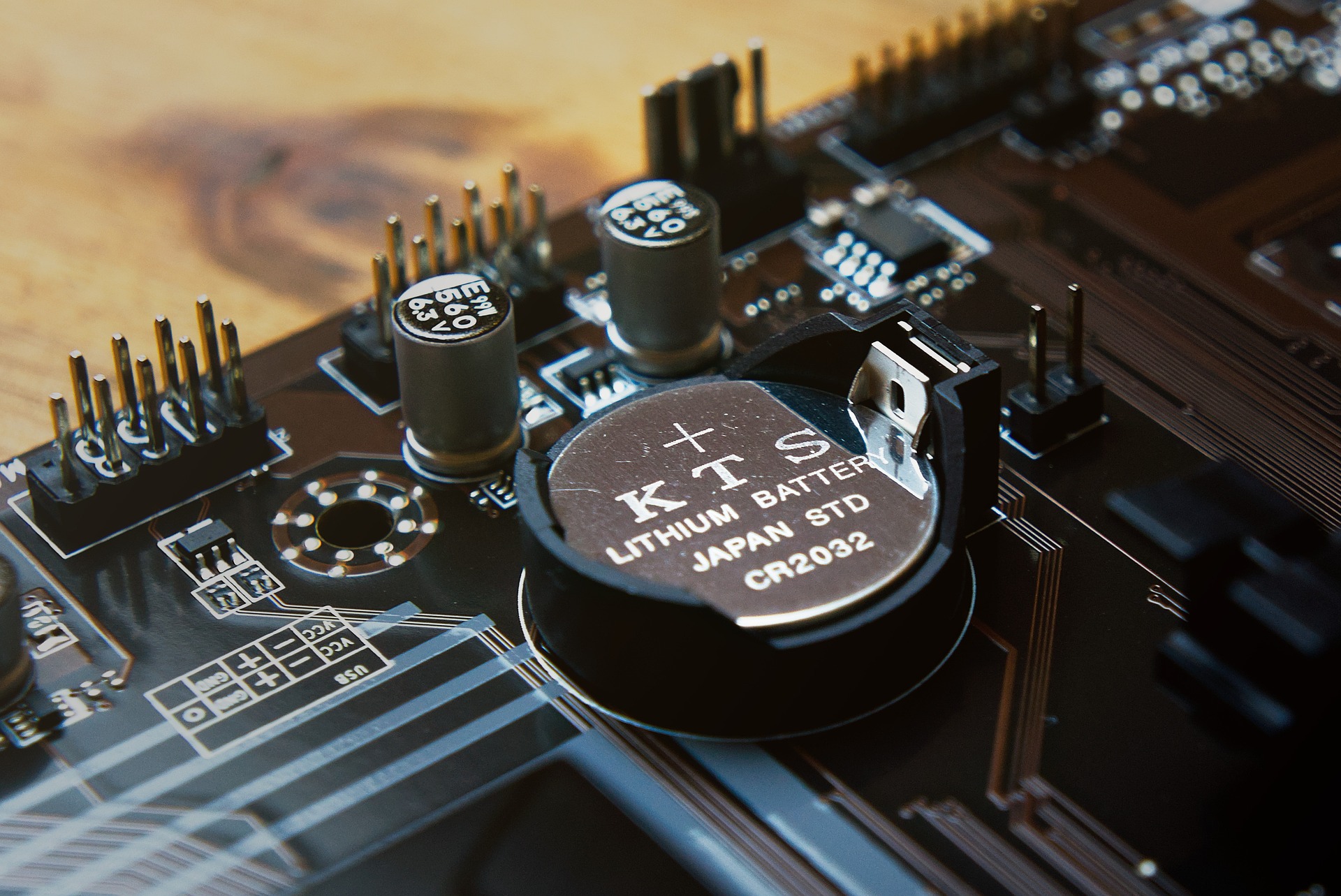
With the help of Purdue’s Anvil supercomputer, Yale researchers are trying to find ways to improve lithium batteries.